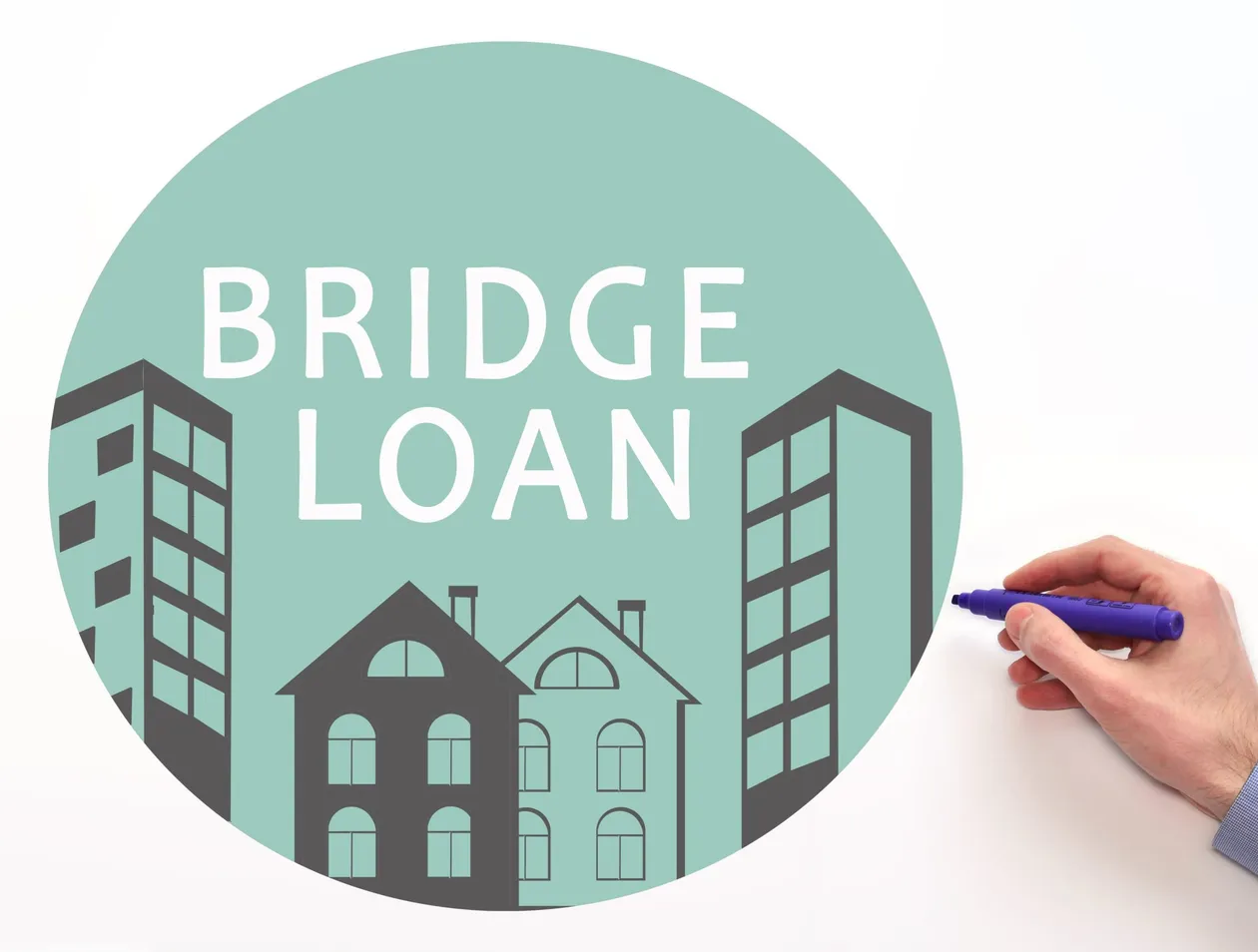A bridge loan is a short-term financing solution that can be useful for real estate investors who need quick access to cash for purchasing or renovating a property. Bridge loans serve to “bridge” the gap between purchasing a new property and selling an existing one. They can also be used to fund property enhancements that boost its value.
In this blog post, we’ll explore the basics of bridge loans, their benefits and risks, and how investors can use them effectively to grow their real estate portfolios.
What is a Bridge Loan?
A bridge loan is a type of short-term loan that is typically used to finance a real estate transaction. These loans are secured by the property being purchased, and the repayment is usually due within six to twelve months. The loan amount is usually based on the property’s collateral value, and the borrower’s ability to repay the loan.
Benefits of Bridge Loans for Investors
Bridge loans can provide several benefits to real estate investors, including:
Quick cash access: Bridge loans offer swift approval, enabling investors to capitalize on time-sensitive investment opportunities.
Adaptable repayment terms: Bridge loans provide customizable repayment terms, tailored to the investor’s requirements.
Lower interest rates: Compared to other types of short-term financing, bridge loans generally offer lower interest rates.
No prepayment penalties: Most bridge loans do not have prepayment penalties, allowing investors to repay the loan early without incurring additional fees.
Risks of Bridge Loans for Investors
While bridge loans can provide significant benefits to investors, they also come with some risks, including:
High interest rates: While bridge loan interest rates are generally lower than other types of short-term financing, they can still be relatively high.
Short repayment periods: Bridge loans typically have short repayment periods, which can put pressure on investors to sell the property quickly or find other sources of financing.
Lack of liquidity: Unlike other types of financing, bridge loans are not easily transferable or sold. This can make them less liquid.
Increased risk of default: Because bridge loans usually fund riskier investments, the likelihood of default is higher.
Using Bridge Loans Effectively
Despite the risks, bridge loans can be an effective tool for real estate investors when used properly. Here are some tips for using bridge loans effectively:
Have a clear exit strategy: Before taking out a bridge loan, investors should have a clear plan for how they will repay the loan when it comes due. This may involve selling the property, refinancing with a traditional mortgage, or securing other types of financing.
Work with experienced lenders: It’s important to work with experienced lenders who have a track record of success. This will help ensure that the loan terms are favorable and that the lender is able to provide the support and guidance needed to successfully complete the transaction.
Perform comprehensive due diligence: Investors need to thoroughly examine the property they’re buying. This involves detailed inspections and appraisals, to ensure the investment’s soundness.
Understand the costs and fees: Investors should carefully review the costs and fees associated with a bridge loan. These costs include interest rates, origination fees, and other closing costs.
Bridge loans can provide a valuable financing solution for real estate investors who need quick access to cash for purchasing or renovating a property. Investors can effectively use these loans when they have a clear repayment plan and collaborate with experienced lenders. By understanding the basics of bridge loans and taking a strategic approach, investors can use these loans to grow their real estate portfolios and achieve their investment goals.
Contact us today to apply for one of our hard money loans! We look forward to hearing from you!



